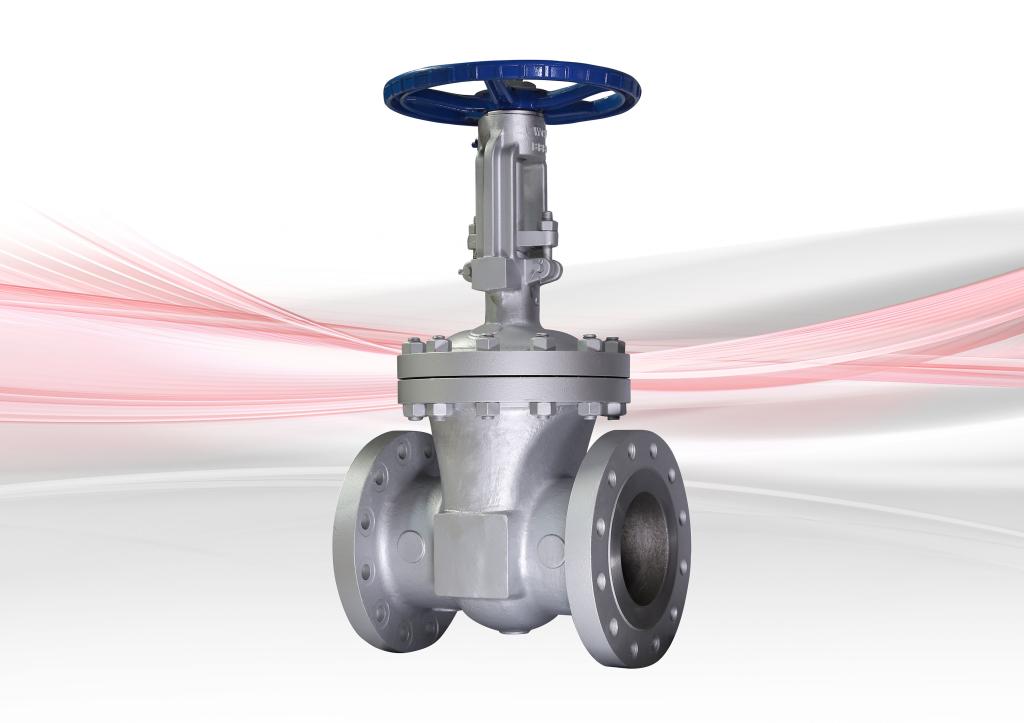Gate valves, integral components in fluid control systems, stand as stalwarts in regulating the dynamic flow of liquids within pipelines across diverse industries. These valves, pivotal in the manipulation of fluid movement, find applications in sectors ranging from oil and gas to water treatment and manufacturing. A gate valve, classified as a linear motion valve, orchestrates the ebb and flow of fluids through the elevation or descent of a gate or wedge positioned between its seats. This gate, often a flat or wedge-shaped disc, acts as the pivotal point for controlling fluid passage, perpendicular to the direction of flow. In this comprehensive exploration, we delve into the core facets of gate valves, unraveling their design intricacies, functional mechanics, versatile applications, and the distinct advantages they offer in the realm of fluid dynamics and control. Understanding the nuances of gate valves is paramount in appreciating their role in maintaining the seamless and efficient operation of fluid systems that form the lifeblood of numerous industrial processes.
What is a Gate Valve?
A gate valve is a type of linear motion valve that controls the flow of fluid by raising or lowering a gate or wedge between the valve seats. The gate, typically a flat or wedge-shaped disc, is positioned perpendicular to the direction of the fluid flow. When the gate is lifted, the valve opens, allowing the fluid to pass through. Conversely, lowering the gate closes the valve, obstructing the flow.
Components of a Gate Valve
-
Body: The body of a gate valve is the outer casing that houses the internal components. It is designed to withstand the pressure and conditions of the fluid flowing through the pipeline.
-
Gate or Wedge: The gate, usually made of metal, is the movable component that controls the flow of fluid. It is positioned between the valve seats and moves either up or down to open or close the valve.
-
Valve Seats: The valve seats are the surfaces against which the gate makes contact when closing. They create a tight seal to prevent any leakage when the valve is closed.
-
Stem: The stem is a rod that connects the gate to the actuator (manual handwheel, electric motor, or pneumatic/hydraulic actuator). Rotating or moving the stem raises or lowers the gate.
Functionality of Gate Valves
Gate valves operate on a simple principle of lifting and lowering the gate to control the flow of fluids. When the valve is fully open, the gate is lifted, allowing unrestricted fluid flow. Conversely, when the valve is closed, the gate is lowered to block the passage of the fluid completely.
Applications of Gate Valves
-
Isolation: Gate valves are commonly used for isolation purposes, where the complete shut-off of fluid flow is required.
-
High-Pressure Systems: Due to their robust design, gate valves are suitable for high-pressure applications, such as in the oil and gas industry.
-
Water Treatment Plants: Gate valves are widely employed in water treatment facilities for controlling the flow of water and other liquids.
-
Steam Systems: These valves are utilized in steam systems to regulate the flow of steam.
Advantages of Gate Valves
-
Full Flow: Gate valves offer minimal resistance to the flow of fluids when fully open, providing an unobstructed pathway.
-
Tight Seal: The design of gate valves allows for a tight seal, minimizing the risk of leakage when the valve is closed.
-
Versatility: Gate valves can be used in a variety of applications and are suitable for different types of fluids, including liquids and gases.
Conclusion
Gate valves play a crucial role in fluid control systems, providing reliable and efficient regulation of fluid flow. Understanding their design, functionality, and applications is essential for ensuring their proper use in various industries. Whether in water treatment plants, oil refineries, or manufacturing facilities, gate valves contribute to the seamless operation of fluid systems.




